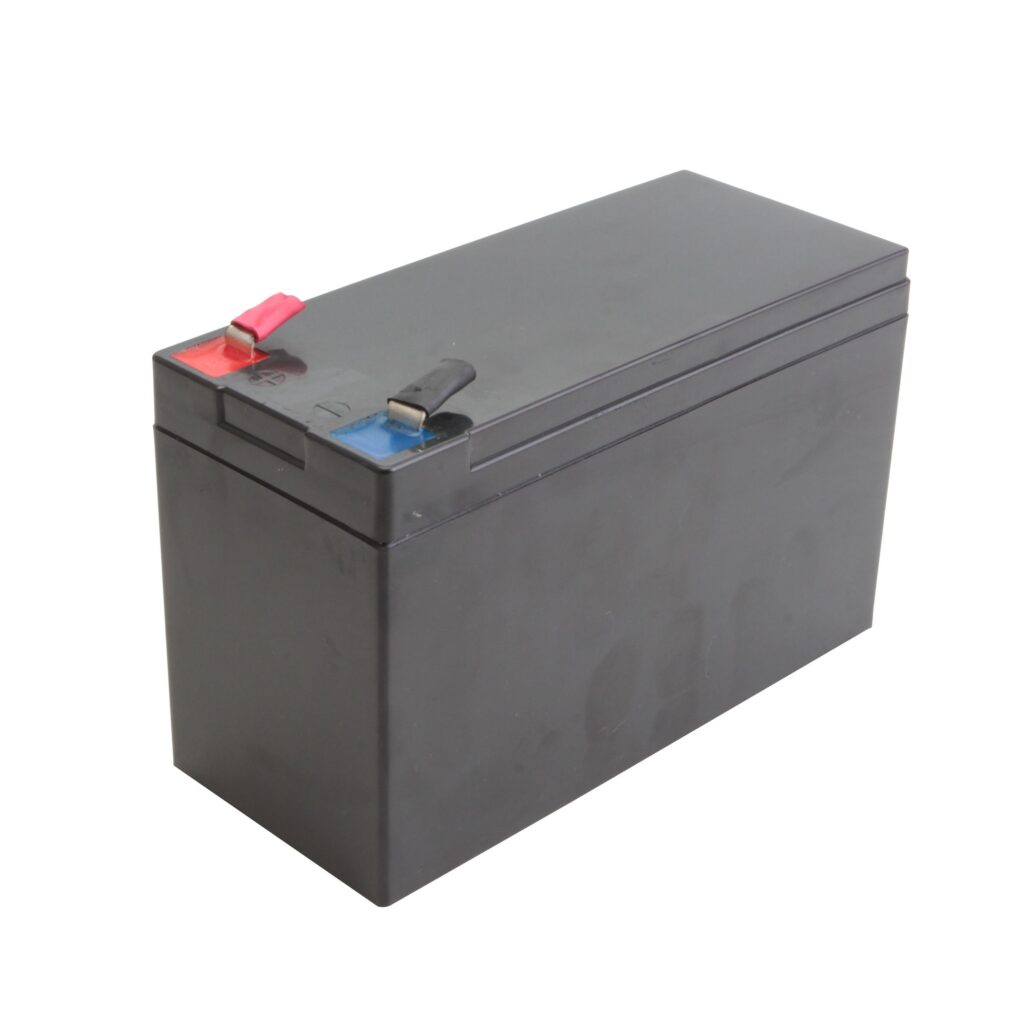A deep cycle battery is a type of lead-acid battery designed to provide a steady and sustained supply of power over an extended period, particularly through deep discharges and recharges. Unlike starting batteries used in vehicles, which are designed to deliver short bursts of high power to start an engine, deep cycle batteries are engineered for repeated cycling, where they are discharged to a significant depth before being recharged. These batteries are commonly used in applications that require a reliable, long-lasting power source.
- Recreational Vehicles (RVs): Deep cycle batteries are often used in RVs to provide power for lights, appliances, and other electrical devices when the vehicle is not connected to shore power.
- Marine Applications: Deep cycle batteries are widely used on boats and other marine vessels to power trolling motors, navigation systems, and onboard electronics.
- Golf Carts: Electric golf carts and other electric vehicles often use deep cycle batteries to provide the sustained power required for extended periods of use.
- Renewable Energy Systems: Deep cycle batteries are commonly employed in off-grid and grid-tied renewable energy systems, such as solar power installations and wind turbine systems, where energy storage is needed for times when the renewable sources are not producing electricity.
- Backup Power Systems: Deep cycle batteries are used as backup power sources in uninterruptible power supply (UPS) systems, ensuring a continuous power supply in case of grid failures.
The key features of deep cycle batteries include:
- Thicker Plates: Deep cycle batteries typically have thicker lead plates than starting batteries. Thicker plates allow for more material to be available for chemical reactions during discharging and recharging cycles.
- Durability: Deep cycle batteries are designed to withstand repeated deep discharges without significant performance degradation. They are constructed to provide a longer cycle life compared to starting batteries.
- Capacity Ratings: Deep cycle batteries are rated in ampere-hours (Ah) to indicate their capacity, i.e., the amount of energy they can store and deliver over time. Common capacities range from around 50Ah to several hundred Ah.
- Maintenance Options: Deep cycle batteries are available in various maintenance options, including flooded (requiring periodic checking and topping off of electrolyte levels), sealed AGM (Absorbent Glass Mat), and gel batteries (maintenance-free with no electrolyte maintenance).
It’s important to match the deep cycle battery to the specific requirements of the application, considering factors such as the depth of discharge, cycling frequency, and overall energy needs. Proper care and maintenance, such as avoiding over-discharge and ensuring proper charging, can extend the life of deep cycle batteries.


